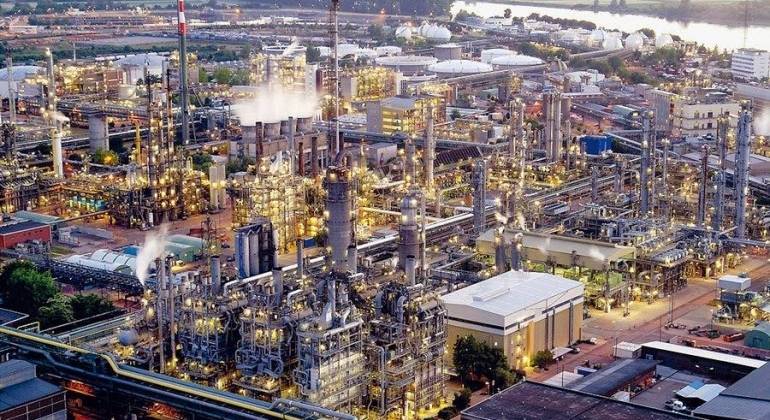info@chemelot.nl


The biggest challenge for Chemelot is the plan to be a climate neutral site in 2050. The change from fossil raw materials and fuels to clean, renewable raw materials and energy touches the way we do things in the future: live, travel, consume and produce and has big consequences for the industry.
Energy consumption
The biggest energy consumption in the chemical industry is the revival of high temperatures (above 400 degrees Celsius). This warmth is necessary for important processes, like oil refining and steam cracking of naphtha to fuels and chemicals. This is generated by burning hydrocarbons like oil and natural gas.
Technically it’s possible to generate high temperatures with electricity. But, with the current state of techniques and energy prices, development is necessary, when this will become reality for application on industrial scale.
On the location Chemelot, the natural gas and naphtha/LPG, raw- and ancillary materials and intermediates produced that are being transported as gas, liquid or solid and processed to finished products.
There are two main processes, the ammonia process through natural gas and air for the production of fibers, raw materials for pharmacy, fertilizers; and the naphtha (LPG) process for plastic production.
Boundary condition for the transition: the reduction of the (net) CO2 emission of the naphtha crackers and the ammonia production. An important road is the use of sustainable raw materials and electrification. This is generated by biomass and plastic waste, which becomes fit as a raw material for the crackers trough pyrolysis and revival of oil.
